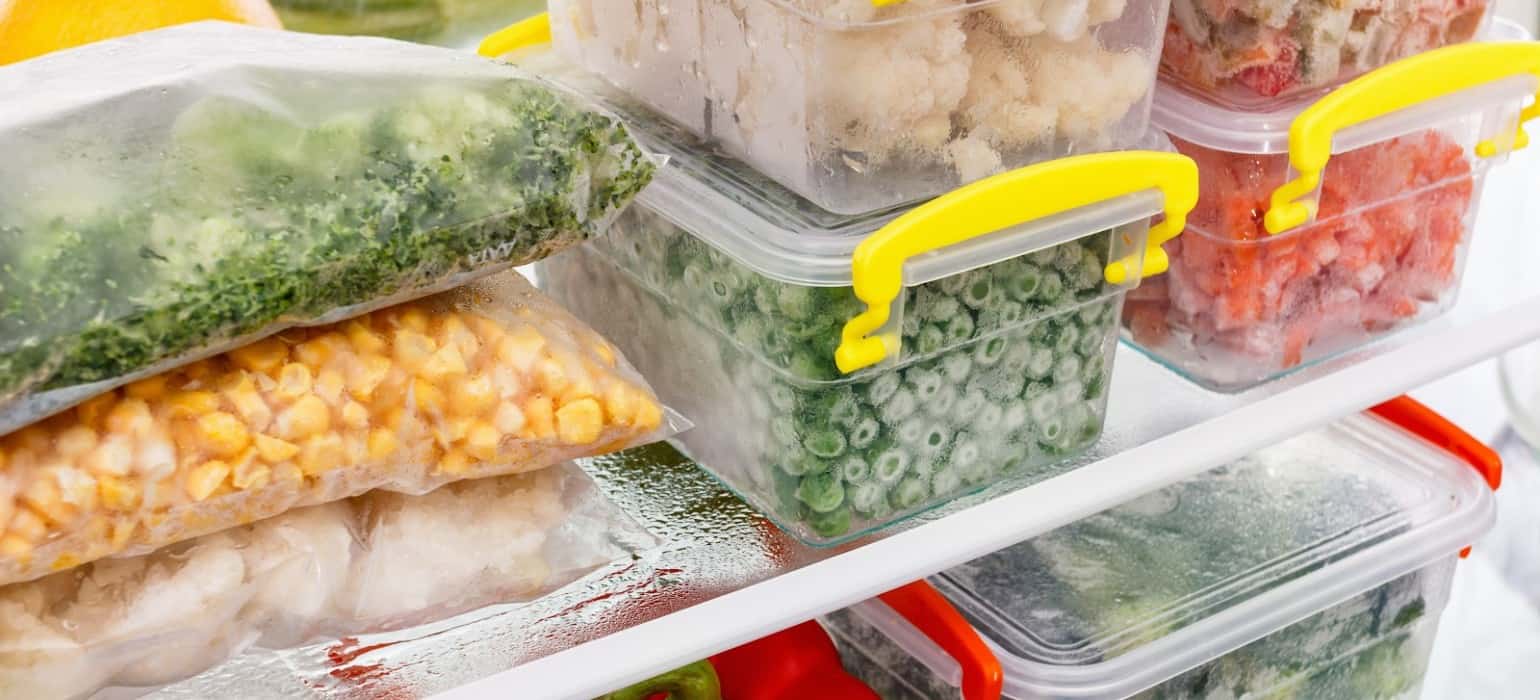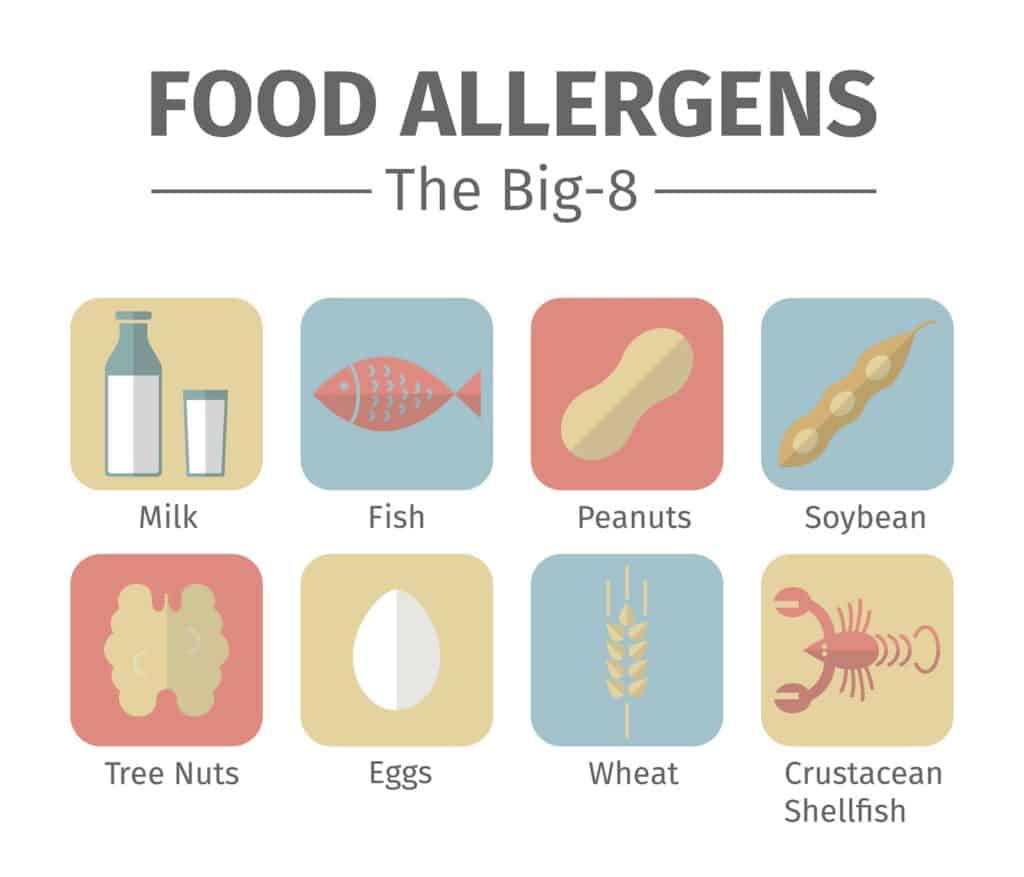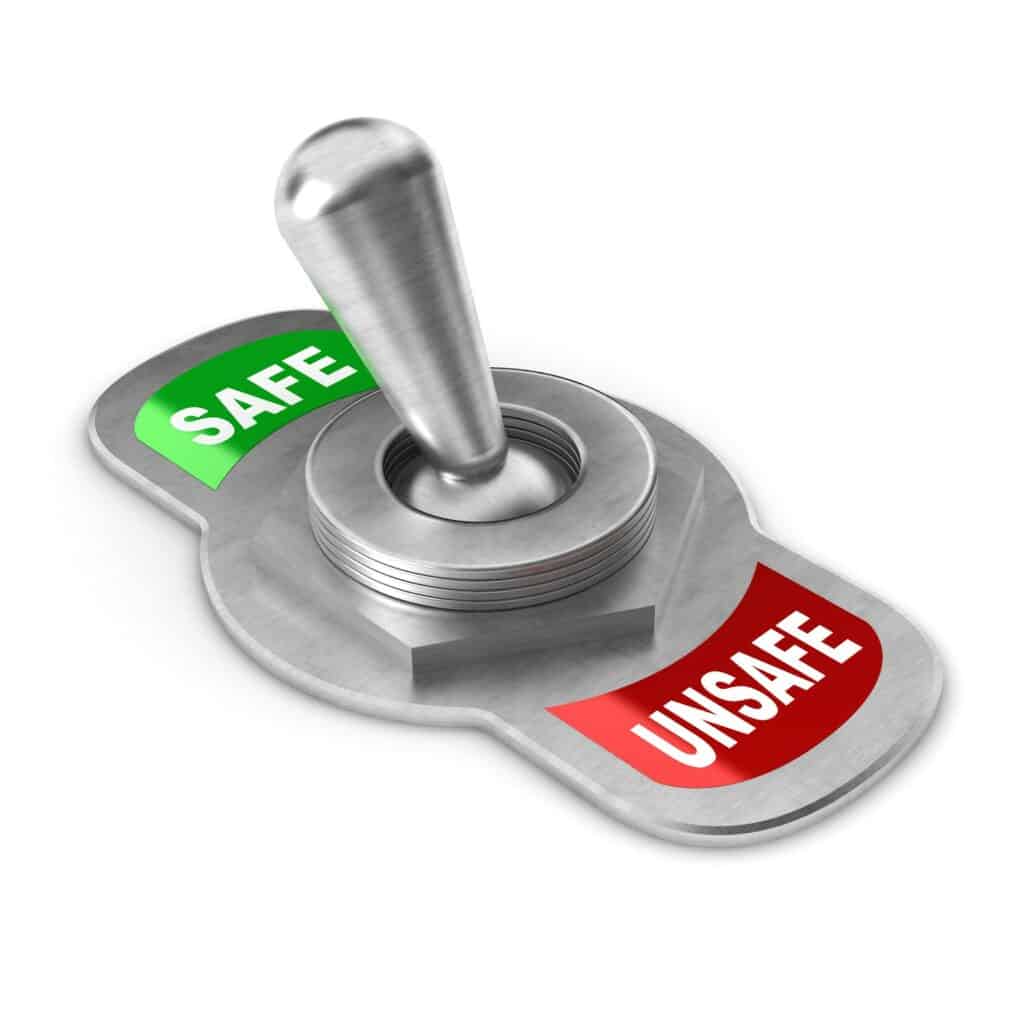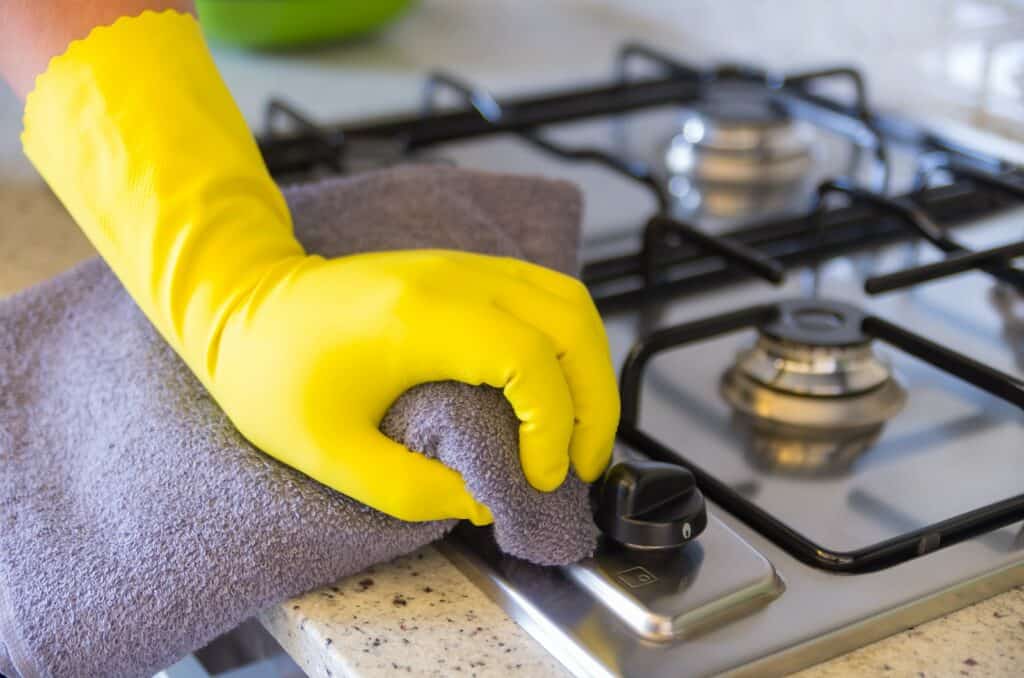You always need to be safe when cooking and storing food, but it’s more essential to watch your p’s and q’s when there are allergies in the mix. Many people are allergic to certain types of food, including spices, coconut, and dairy. Other people struggle with seasonal allergies that can spike during certain times of the year and make cooking, eating, and even being around specific packages more challenging.
Even the tiny amount of food can cause someone with allergies to have an allergic reaction. Some people are highly allergic that they start to show symptoms to a response when they’re near the food. The bottom line is if you allow allergens to enter your home, your risk contaminating all of your food. That is one reason why many people feel that you shouldn’t bring any type of allergens into your home, but this isn’t always possible for several reasons.
Plus, it’s vital to ensure that everyone is thoroughly prepared for any emergency with the current situation. It means you need tips to ensure the safety of your friends and loved ones with allergies. Therefore, you want to do everything you can to minimize any risk when it comes to storing food for people with allergens.
Mountain House

Mountain House is a company that focuses on people who have food allergies. They want to make it as easy as possible to eat healthy food without worrying about what ingredients are in there. So, they make tables available and create allergen-free foods.
One of their top foods is the Chicken Fajita Bowl, which comes in both pouches and large cans. The trick is you need to ensure you buy their recently changed food. Before 2017, they put soy and other ingredients into their mixture. After 2017 they changed their list to ensure everyone can eat their yummy meals.

























